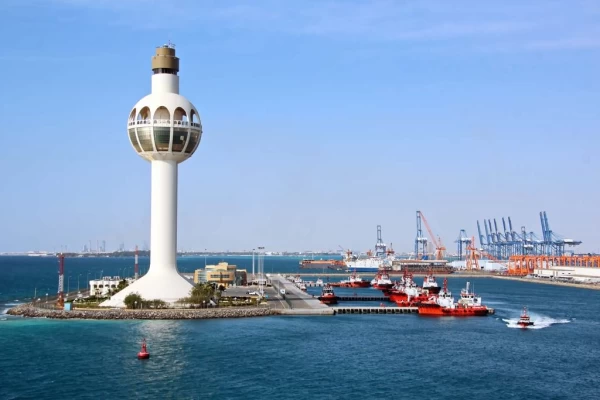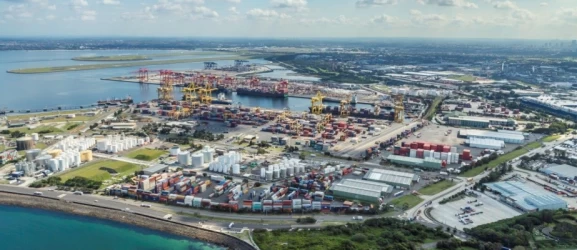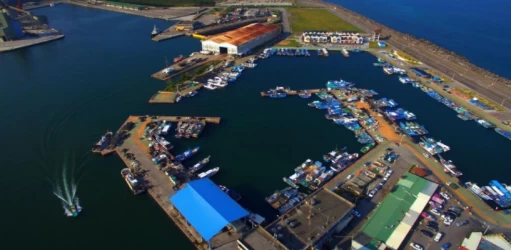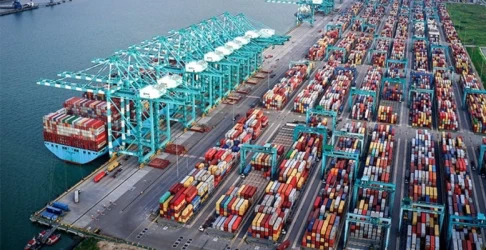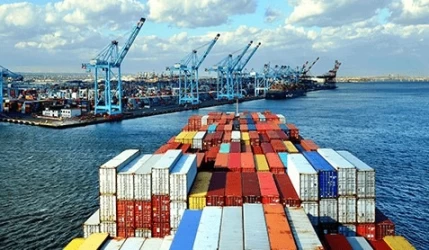Sea transportation in Dammam port
Maritime transport is a vital component of global trade, and Dammam Port in Saudi Arabia stands as one of the key gateways in the Gulf region. Serving as a crucial link between Asia, Europe, and Africa, Dammam Port plays an essential role in facilitating trade and logistics for the Kingdom of Saudi Arabia and its neighboring countries.
Geographical Location and Significance of Dammam Port
Dammam Port, officially known as King Abdulaziz Port, is strategically located on the eastern coast of Saudi Arabia, overlooking the Arabian Gulf. As the largest port in the country, it serves as the primary maritime outlet for Saudi Arabia, providing critical access to international shipping routes. Its location makes it a strategic hub for cargo transshipment and maritime logistics in the Gulf region.
The port's proximity to major markets in the Middle East, as well as its connectivity to land transportation networks, enhances its significance as a vital center for import and export activities.
Historical Background of Dammam Port
The history of Dammam Port dates back to the mid-20th century when it was developed as part of Saudi Arabia's economic modernization efforts. Initially serving local trade, the port rapidly expanded to accommodate growing international shipping demands. Over the decades, Dammam Port has evolved into a bustling maritime hub, facilitating trade for not only Saudi Arabia but also the wider Gulf region.
Infrastructure and Capacity of Dammam Port
Dammam Port is equipped with modern infrastructure and advanced facilities, enabling it to handle a diverse range of cargo efficiently. The port features multiple deep-water berths, state-of-the-art cranes, and extensive storage areas designed for various types of cargo, including containerized goods, bulk materials, and specialized cargo.
The port has a capacity to handle millions of tons of cargo annually, making it one of the busiest ports in the region. Dammam Port has also invested in smart transportation systems to streamline operations, ensuring quick and efficient movement of goods.
Types of Cargo Handled at Dammam Port
Dammam Port is a critical node for the import and export activities of Saudi Arabia. Key imported goods include machinery, vehicles, consumer products, and food supplies. The port is also a hub for the export of oil, petrochemical products, and minerals.
The export of crude oil and petroleum products is a significant aspect of Dammam's operations, underscoring the port's role in the global energy market. Additionally, Dammam serves as a transit point for goods moving to and from neighboring countries in the Gulf region.
Challenges and Opportunities in Maritime Transport at Dammam Port
While Dammam Port benefits from its strategic location and advanced infrastructure, it faces several challenges. Competition from larger regional ports, such as Jebel Ali in the UAE, poses a threat to its market share in maritime trade. Moreover, geopolitical developments and fluctuations in the global oil market can impact trade volumes and shipping routes.
However, there are ample opportunities for growth and expansion. The Saudi government, under its Vision 2030 initiative, aims to enhance the country's logistics and transport sectors. Investment in port infrastructure and logistics services is expected to increase, further solidifying Dammam Port's position as a key player in maritime transport.
Conclusion
Dammam Port, with its strategic location and modern facilities, plays a crucial role in maritime transport and trade in the Gulf region. As the Kingdom of Saudi Arabia continues to invest in its infrastructure and logistics capabilities, Dammam Port is poised to become an even more significant player in international maritime trade, facilitating the movement of goods and enhancing the region's economic development.
If you have any specific questions or need further assistance, feel free to ask!

